If Anti-Aging Is Your Goal, You Need to Get These Top 5 Ingredients into Your Routine
It seems people are getting into anti-aging earlier and earlier these days. Thankfully, the real anti-aging ingredients — the ones backed by science as opposed to the latest trend — are plentiful and affordable. Here, the top 5 anti-aging ingredients you need to get into your routine.
“I want to start an anti-aging skincare routine. What should I include?”
I field this question a lot on my Instagram and in DMs and emails. Anti-aging is big business in skincare, and it will continue to be until society no longer equates youth with beauty. In the meantime, I’m here to help you get your skin into the condition you’ll feel happiest in, and if that means taking a hard line against the visible aging process, then let’s do it.
What is aging?
When it comes to skin, there are two different types of aging to understand: intrinsic aging and extrinsic aging.
The intrinsic aging process is determined by your individual genetics. The bad news is because it’s determined by your genetics, it’s completely out of your control. The only thing you can do is mitigate the effects, which we’ll discuss below. The good news is visible signs of intrinsic aging typically don’t hit until your 50s or 60s, and the signs are quite minimal compared to extrinsic aging.
The intrinsic aging process reduces skin's elasticity but leaves skin largely smooth, with only fine wrinkles and some sagging to show the passage of time. Skin thins and skin cell turnover slows. A decrease in skin microvessels can lead to increased pallor. It's not that dramatic.
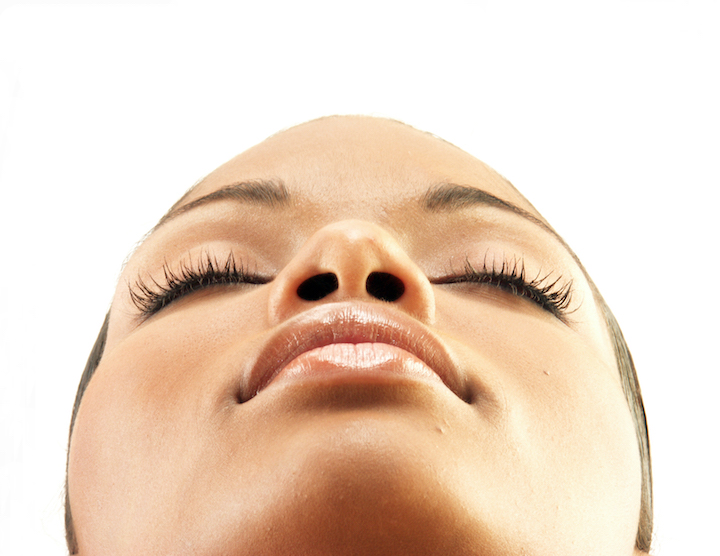
The extrinsic aging process is determined by lifestyle and environmental factors, especially smoking and sun exposure. The good news is extrinsic skin aging is largely within your control. The bad news is the effects of extrinsic aging can hit far earlier, even in your late teens or early 20s depending on how much you smoked and tanned in your misguided youth. And the effects of extrinsic aging are far more dramatic.
Extrinsic aging leads to a drastic change in skin's appearance, marked by "leathery" texture and the appearance of coarse wrinkles and deep furrows. Blotchy and irregular pigmentation and a significant decrease in collagen contribute further to the aged look.
For most of us concerned with delaying the signs of aging, extrinsic aging is what we’re fighting. Not smoking and always using sunscreen in the recommended generous amounts are the two most important choices we can make for our skin right now (as well as for our health!), but there’s much more we can do. Here are five ingredients that fight both extrinsic aging and mitigate the effects of intrinsic aging, from the most basic to the most potent.
1. Hyaluronic acid
Naturally occurring and abundant in youthful skin, hyaluronic acid is a key component of a plump, glowy, and resilient complexion. It is the “principle (sic) molecule responsible for binding and retaining water molecules” in skin. Our natural production of hyaluronic acid diminishes with age as well as with sun damage. Luckily, hyaluronic acid is common in K-beauty these days, so there are plenty of ways to boost our skin’s HA content.
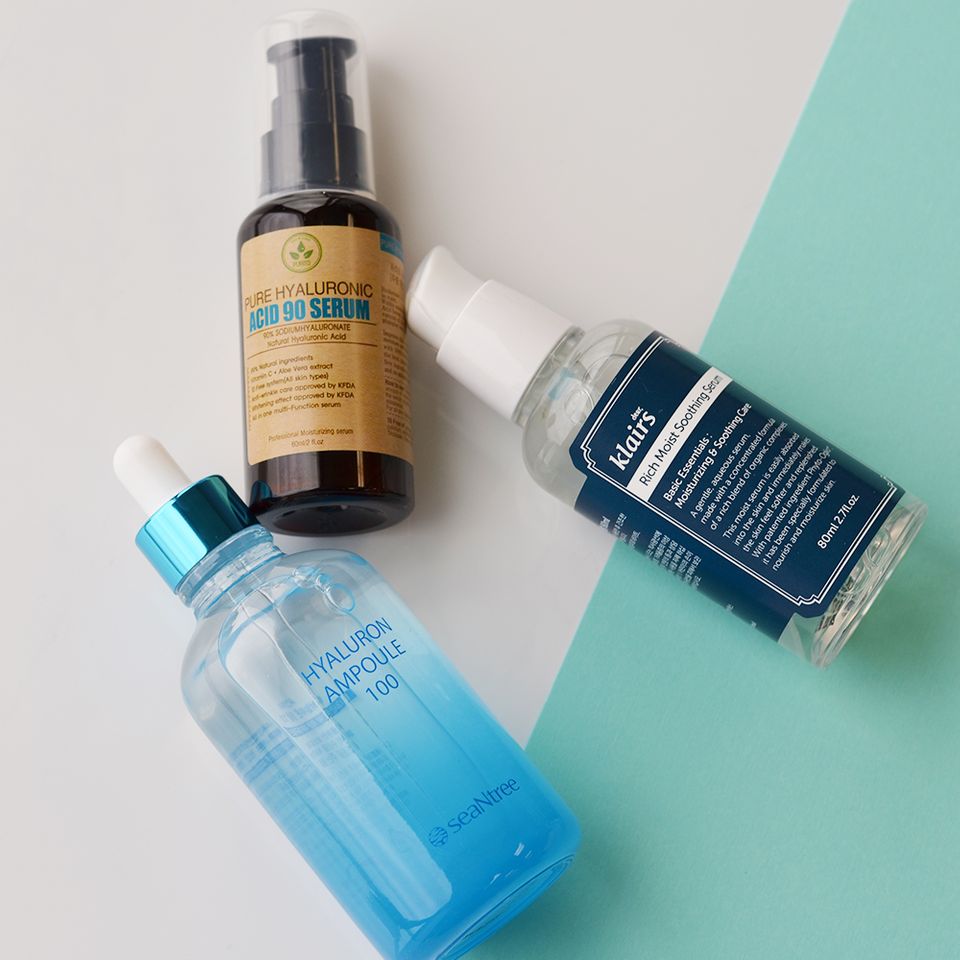
When looking for a product specifically to increase hyaluronic acid in our skin, I suggest a hydrating toner or a fairly economically sized hyaluronic acid serum like seaNtree Hyaluron Ampoule 100. The product should be big enough to slather generously day and night to maintain topped-up hydration levels.
2. Ceramides
The outermost layer of our skin is comprised of flattened dead skin cells held together in a brick and mortar arrangement by fatty acids in between the cells, most notably ceramides, cholesterol, and sphingolipids. As we age, our production of those fatty acids decreases, leading to roughness, dullness, and dryness.
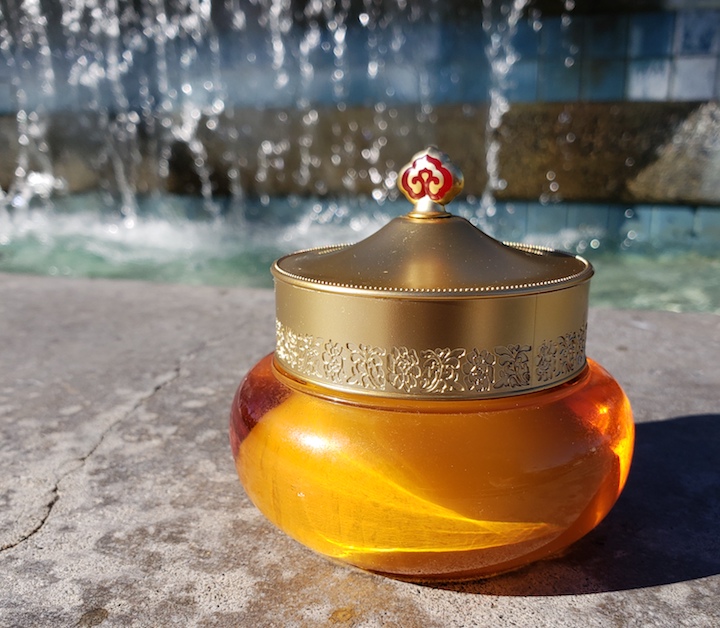
The best way to replenish these fatty acids is by using a product that contains the holy trio of ceramides, cholesterol, and some form of sphingolipids. I’ve seen products with phytosphingolipids and glycosphingolipids, for example. One of my favorite lipid-rich products is The History of Whoo In Yang Neck & Face Sleeping Repair sleeping pack, but plenty of others exist now that the importance of skin’s natural moisture barrier has become well known.
3. Antioxidants
Much of the damage that causes extrinsic aging occurs at a cellular level, via free radicals and reactive oxygen species (ROS) generated by stimuli such as UV exposure, as well as by normal body processes. As I explained in my primer on antioxidants, free radicals harm lipids, proteins, cells, and DNA by stealing electrons. Antioxidants minimize the damage by donating their electrons in place of yours. They sacrifice themselves to protect your skin.
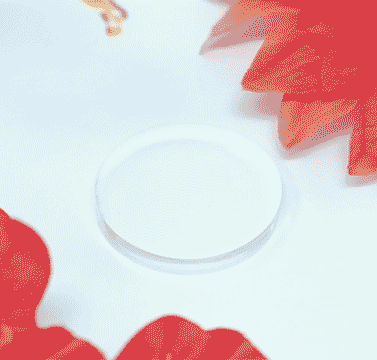
There are a ton of antioxidants and potentially antioxidant-rich extracts available in skincare these days. Different antioxidants will scavenge different types of free radicals and ROS, so I suggest giving your skin a variety. Some of the most promising antioxidants are those found in green tea (Camellia sinensis) and ginseng. Astaxanthin is another that looks mighty potent when formulated correctly: Its unusual molecular structure makes it unusually effective at neutralizing a type of free radical responsible for collagen breakdown in skin. I like antioxidants in everything if possible.
4. Vitamin C
While vitamin C falls under the antioxidant category, it has so many other significant and well-documented benefits for aging skin that I think it deserves its own section in this list. Vitamin C stimulates collagen synthesis, helping aging skin rebuild the internal support that keeps it firm and smooth at the surface. It also decreases melanin formation to reduce sun spots, age spots, and hyperpigmentation.
And yes, vitamin C is also an excellent antioxidant, particularly in combination with vitamin E, which enhances vitamin C's effects and stabilizes the L-ascorbic acid form of vitamin C. Ferulic acid makes the combination even more "useful for the reduction of acute and chronic photodamage."
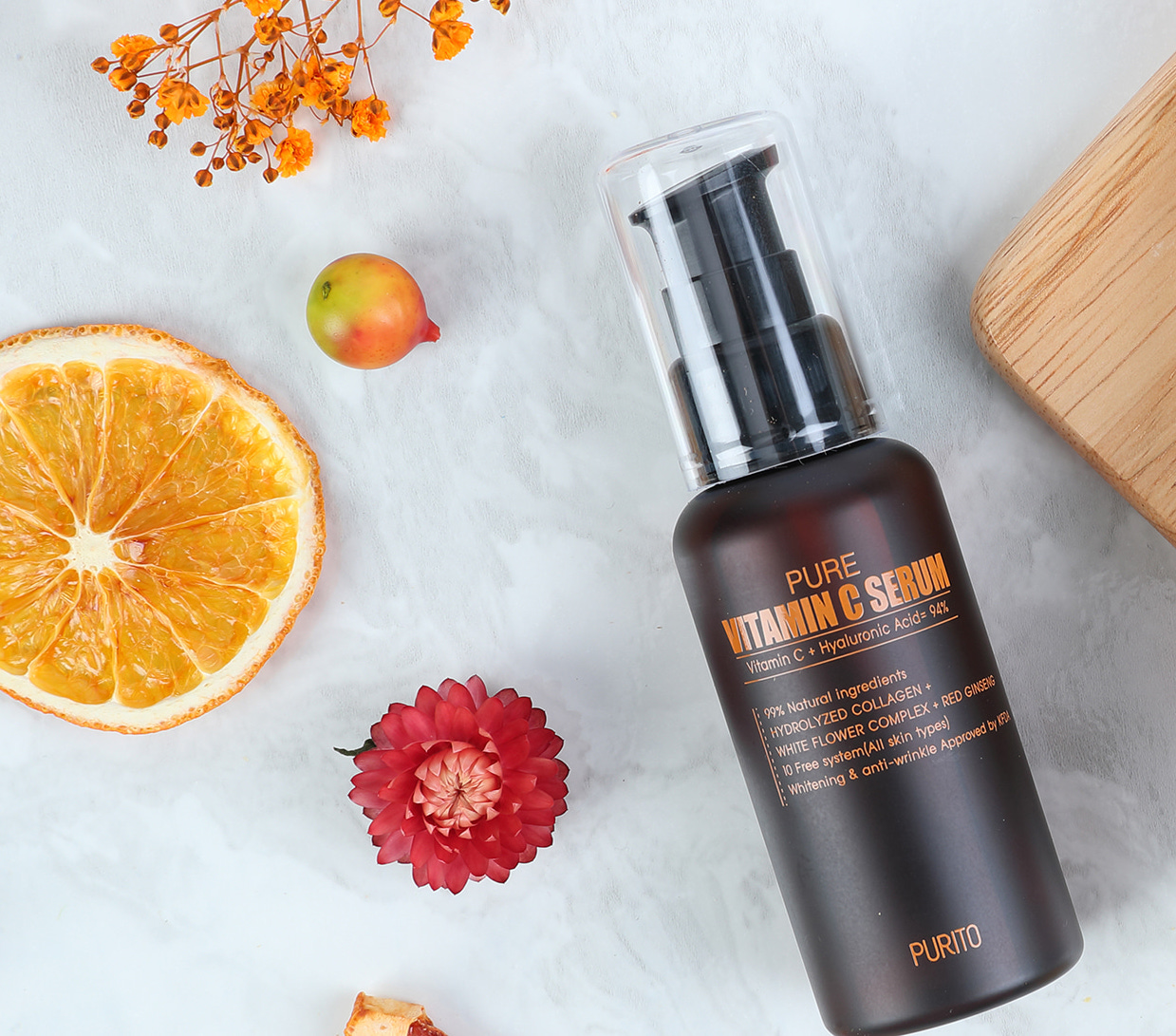
There are more stable vitamin C derivatives available these days, like magnesium ascorbyl phosphate (MAP) and sodium ascorbyl phosphate (SAP), but L-ascorbic acid (L-AA) is the most extensively studied. For maximum benefit, look for a serum that contains 15 to 20% L-AA combined with vitamin E and ferulic acid in a dark or opaque bottle, like Timeless 20% C+E+Ferulic Acid Serum.
5. Retinoids
Vitamin A and its derivatives, known as retinoids, are our current topical anti-aging heavy hitters. Tretinoin, a prescription-strength retinoid, is known to repair photodamaged skin by stimulating new collagen formation, reducing wrinkles in the process; tretinoin has also been shown to prevent collagen degradation. Treatment with tretinoin can also improve the density of skin and reduce hyperpigmentation.
View this post on Instagram
Retinol and other over-the-counter retinoids are weaker than tretinoin but also carry fewer of the common side effects, like initial dryness and peeling. When looking at OTC retinol, stick with products that disclose the actual percentage of retinol in the product. My only experience with retinoids is with prescription tretinoin, but 1% retinol in a dark or opaque bottle is supported by research to provide visible anti-aging benefits.
Retinoids are powerful ingredients, but they are also photosensitizing, so make sure to use sunscreen properly whenever you’re using these actives.
Intrinsic aging is inevitable but not that much of a problem when we take care to minimize our extrinsic aging. With the five anti-aging ingredients above, you should be off to a good start!
What are your go-to anti-aging ingredients or products? Let us know in the comments!
Loading...